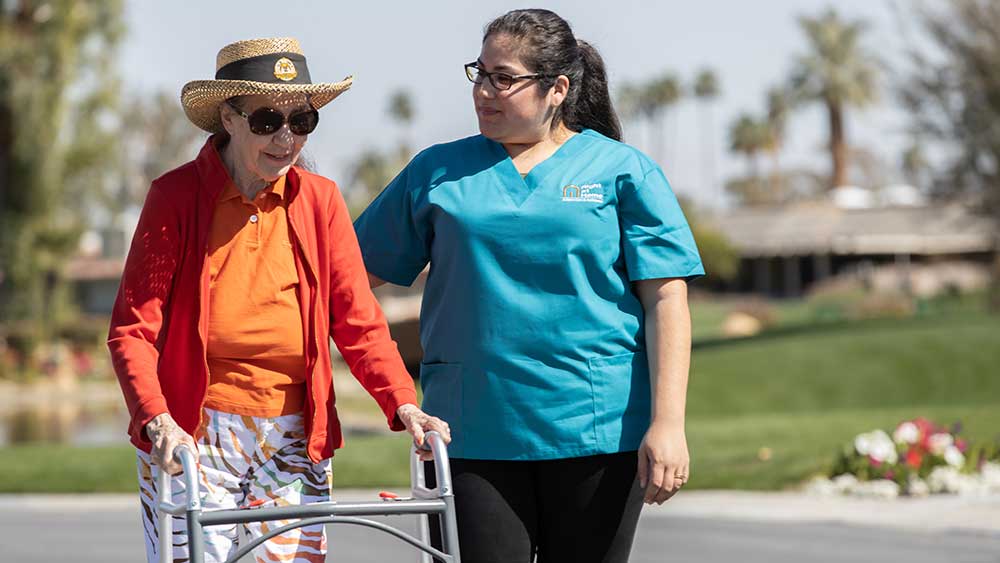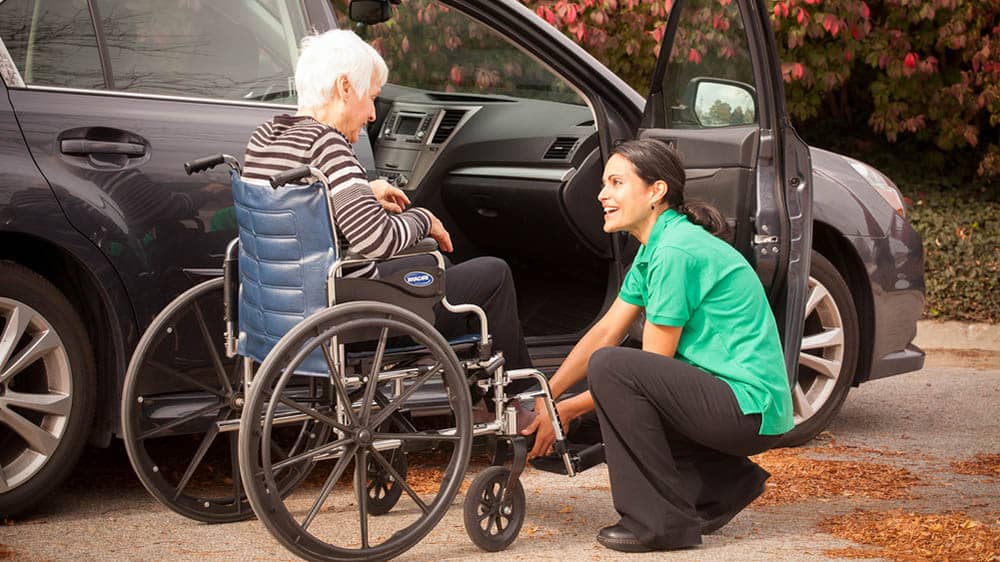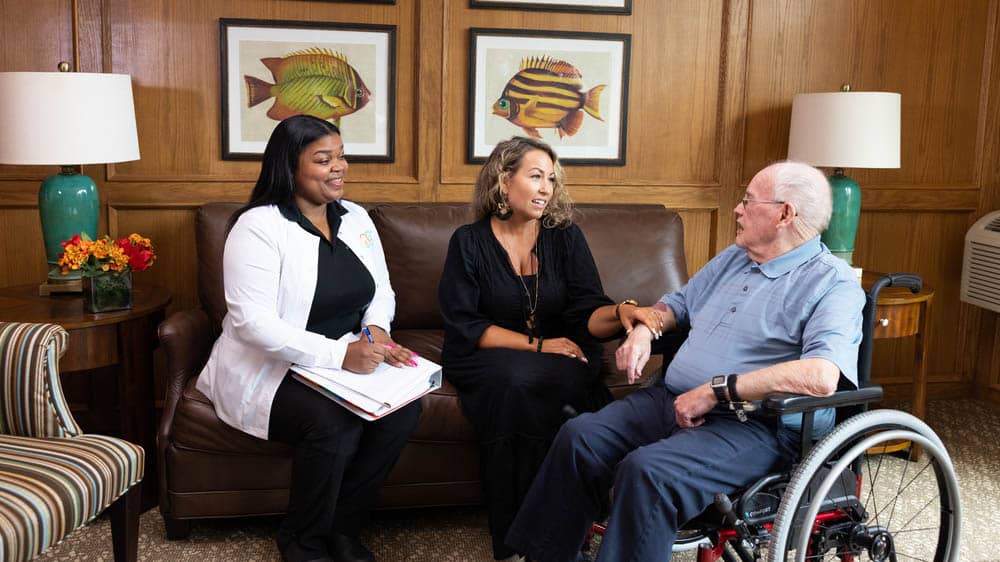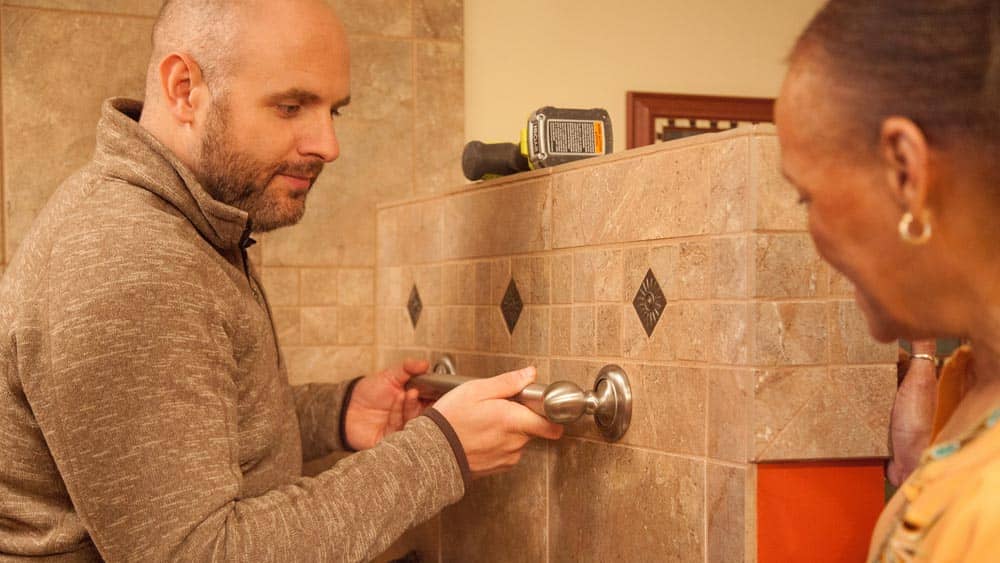
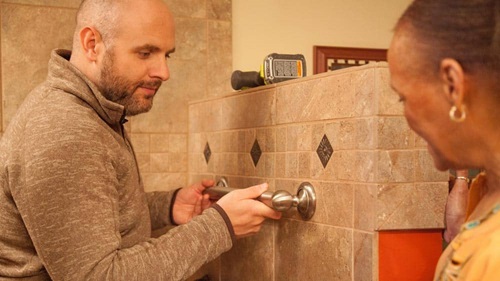
Home Safety for Seniors With Parkinson’s or Other Conditions
Home should always be a place where people feel safe and comfortable. However, a diagnosis of Parkinson’s disease or certain other conditions can change what was once a sanctuary into something challenging or even risky. Parkinson’s and other conditions can cause physical and cognitive challenges, such as:
- Mobility issues: Parkinson’s and other chronic conditions can cause stiffness, tremors, and difficulty with balance and coordination. These are among the top issues that make it challenging for older adults to move around safely within their homes.
- Risk of falls: Balance problems and sudden movements associated with Parkinson’s increase the risk of falls, which can result in serious injuries and complications.
- Medication confusion: Managing complex medication regimens and adhering to strict dosing schedules can be overwhelming for someone whose condition affects their cognitive function.
- Fatigue and low energy: Chronic fatigue and fluctuations in energy levels can affect a senior’s ability to perform daily tasks and maintain household routines.
- Impaired decision-making: A condition that causes memory loss, confusion, or difficulty with decision-making may impact an elderly individual’s ability to navigate their home environment safely.
- Communication difficulties: Speech and swallowing difficulties, common symptoms of Parkinson’s, can hinder effective communication with caregivers and family members, leading to misunderstandings and frustration.
- Social isolation: Limited mobility, communication challenges, and the progression of the disease may contribute to social isolation and feelings of loneliness, affecting mental health.
How To Create a Safe Home Environment for Older Adults
Despite these challenges, it’s still possible to continue living at home with Parkinson’s and other chronic conditions. If you are a spouse or family caregiver of an older adult with a chronic condition, here are some tips and technologies to help adapt the home so it can be safely navigated.
Declutter. Remove tripping hazards such as loose rugs, cluttered pathways, and low-lying furniture. Declutter surfaces so they do not add to disorientation or mental distress.
Secure carpets and rugs. Use non-slip backing or double-sided tape to secure carpets and rugs to the floor, preventing them from shifting and causing trips or falls. If necessary, remove area rugs.
Rearrange furniture. Arrange furniture to create clear, wide pathways for easy movement, especially if mobility is compromised.
Install grab bars and handrails. In areas like bathrooms, hallways, and staircases, install sturdy grab bars and handrails to provide support and stability.
Improve lighting. Ensure adequate lighting throughout the home to reduce the risk of falls. Use bright, energy-efficient bulbs, and consider motion-sensing lights in key areas like hallways and bathrooms to illuminate pathways at night.
Consider accessibility modifications. Depending on individual needs, consider installing ramps, stair lifts, or elevators to facilitate movement between different levels of the home.
How Technology Can Help Keep the Home Safe for Seniors
Embrace smart-home technology to automate tasks and enhance safety. Voice-controlled assistants like Amazon Alexa or Google Assistant can help your older loved one control lights and thermostats and even lock doors with simple voice commands.
Invest in wearable devices or home-monitoring systems equipped with fall detection capabilities. These systems can automatically alert caregivers or emergency services in the event of a fall or emergency.
As the saying goes, “There’s an app for that!” Search your device’s app store for medication management apps that organize prescriptions, set reminders, and track medication adherence. They can help your senior loved one stay on schedule with their medication regimen, reducing the risk of missed doses or errors.
Install home-monitoring cameras to remotely keep an eye on your elderly loved one and ensure their safety when you or other caregivers are not present. Be sure to inform everyone of the cameras’ presence. Be sensitive about locations where privacy is important.
Tips for Family Caregivers or Spouses
Besides helping your loved one decide how to adapt their home and install tech devices, you can be an ongoing source of support for them. Here’s how.
Encourage independence. Encourage as much independence and autonomy in daily activities as possible. Your loved one may still want to participate in household tasks to the best of their abilities. This promotes a sense of purpose and self-esteem.
Be patient and understanding. Understand that tasks may take longer or require additional assistance, and offer support without being overbearing. Expect frustration or anger with the new life changes.
Seek support and respite. Take advantage of respite care services, support groups, and community resources that can help prevent burnout and protect your well-being. Right at Home’s professional caregivers are happy to provide respite care, companionship, and other services.
Stay informed and engaged. Stay informed about the latest advancements in home safety technology and resources available for seniors with chronic conditions. Engage with health care professionals, support networks, and advocacy organizations (such as the Parkinson’s Foundation and the Michael J. Fox Foundation) to access valuable information and support services.
By adapting the home and embracing technology, older adults living with Parkinson’s or other chronic conditions can enhance their safety and independence within the comfort of their own homes. With the unwavering support and understanding of family caregivers and spouses, seniors can continue to thrive and enjoy a fulfilling quality of life despite the challenges they may face.
How Right at Home Can Help
For over 25 years, Right at Home has been caring for seniors and helping them navigate the aging journey. Our team of passionate caregivers provide a wide range of in-home care services. Download a FREE copy of our Fall Prevention Guide today. Or, use our office locator to speak to an aging expert near you.





